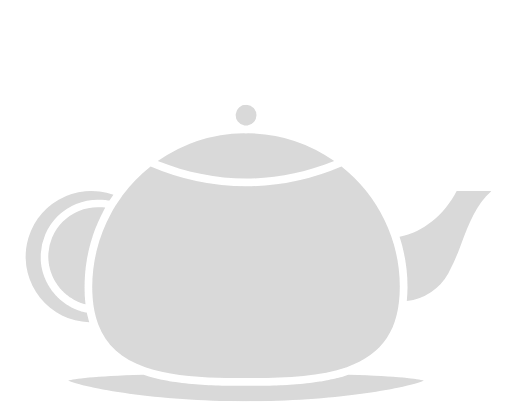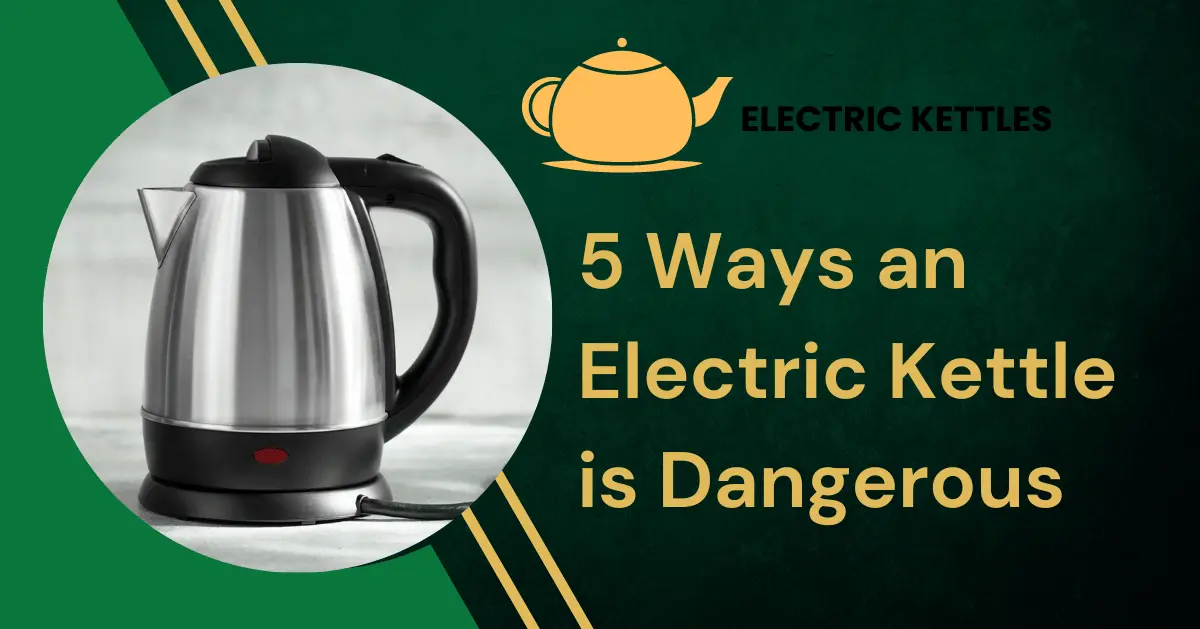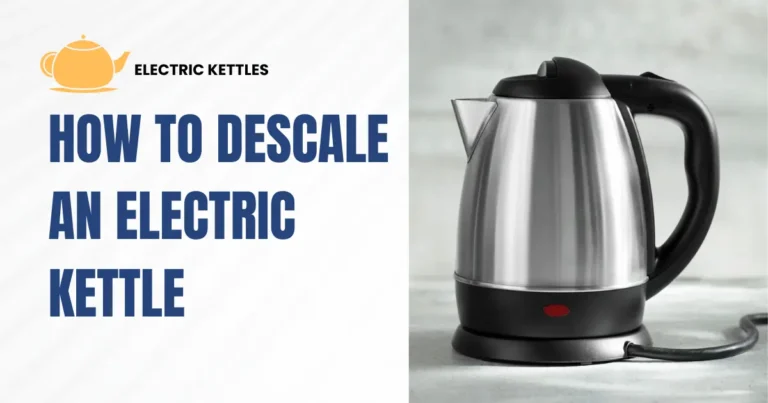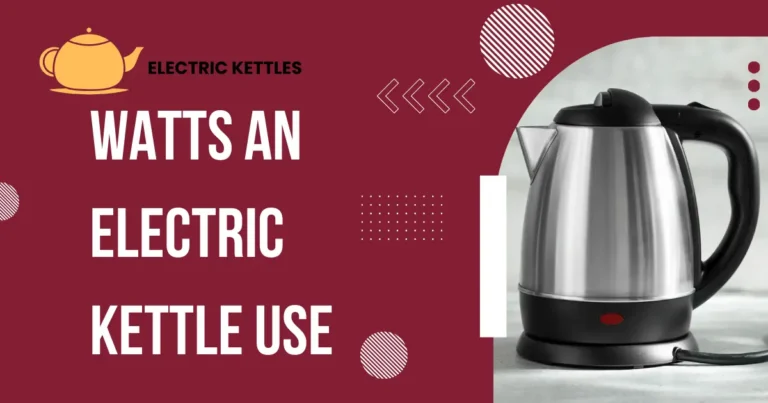5 Ways an Electric Kettle is Dangerous
Electric kettles are popular appliances used to quickly boil water. They work by heating water using an electric element inside. They are faster than stove-top kettles and are convenient for making coffee, tea, or instant foods.
It aims to highlight risks like electrical hazards, overheating, and material concerns. By understanding these risks, users can make informed choices and use their kettles more safely.
Table of Contents
1. Electrical Hazards
Electric kettles can pose serious electrical hazards if not used correctly. One major risk is electric shock, which can happen if there are faults in the kettle’s wiring or components. Always check for visible damage like frayed cords or loose connections before use. If you notice any problems, stop using the kettle and have it inspected or replaced.
Another concern is the risk of short circuits, especially if the kettle is not used with proper surge protection. Power surges can cause electrical fires or damage the kettle. Make sure your kettle is plugged into a properly grounded outlet and use surge protectors if needed.
Regular maintenance is crucial to prevent electrical issues. Periodically inspect your kettle for signs of wear and tear. If the kettle shows any electrical problems, discontinue use immediately and seek professional advice. This will help ensure safe operation and minimize risks.
2. Heating Risks
Electric kettles come with several heating risks that users should be aware of. Overheating is a significant concern, as it can lead to fire hazards. Most kettles have automatic shut-off features, but if these fail or the kettle is left unattended, it can overheat and cause a fire. Always monitor the kettle while it’s in use and ensure it’s in good working condition.
Another risk is boiling dry, which occurs when the kettle is turned on without enough water. This can damage the kettle and create a fire risk. To avoid this, always check the water level before boiling and never operate the kettle without sufficient water.
Steam burns are a common danger. The steam released when the kettle is in use can cause serious burns if it comes into contact with the skin. Handle the kettle carefully and avoid placing your face near the spout while the kettle is boiling. Proper usage and handling can help prevent these heating-related hazards.
3. Material Concerns
The materials used in electric kettles can present several risks. Low-quality materials, such as cheap plastics, may not withstand high temperatures and can degrade over time. This degradation can lead to the release of harmful chemicals into the water. It’s important to choose kettles made from high-quality, heat-resistant materials to ensure safety.
Another concern is the potential for chemical leaching. Some kettles, especially older models, may contain chemicals like BPA in their plastic components. These chemicals can leach into the water when heated, potentially causing health issues. Look for kettles that are labeled as BPA-free to avoid this risk.
Regular cleaning is also essential to prevent material-related problems. The build-up of limescale or other contaminants can affect the kettle’s performance and safety. Make sure to clean your kettle regularly according to the manufacturer’s instructions to maintain its safety and efficiency.
4. Mechanical Failures
Mechanical failures in electric kettles can pose safety risks and inconvenience. One common issue is lid malfunction. If the lid does not close properly, it can cause steam to escape or even lead to burns. Regularly check the lid for any signs of damage or malfunction and ensure it fits securely.
Another problem is handle breakage. The handle is designed to withstand the heat and weight of the kettle, but if it becomes loose or breaks, it can make handling the kettle dangerous. Always inspect the handle for any signs of wear and ensure it’s securely attached before use.
Base stability issues can also occur. If the kettle wobbles or is unstable on its base, it can be prone to tipping over. Ensure the kettle sits firmly on its base and that the base is in good condition. Proper maintenance and careful handling can help prevent these mechanical failures and ensure safe operation.
5. Water Contamination
Water contamination is a significant concern with electric kettles. Limescale build-up can affect both the quality of the water and the kettle’s performance. Limescale, which is a deposit of minerals from hard water, can accumulate inside the kettle and affect its heating efficiency. Regular descaling of your kettle is necessary to prevent build-up and ensure the kettle operates properly.
Another issue is water contamination from poor cleaning practices. If a kettle is not cleaned regularly, bacteria and mold can grow inside. This can lead to contaminated water, which can be harmful to health. To prevent this, clean the kettle according to the manufacturer’s instructions and avoid leaving water in the kettle for extended periods.
Making sure your kettle is both clean and well-maintained will help you avoid these contamination risks and maintain the quality of your water. Regular checks and proper cleaning are key to safe and effective use.
FAQs
Q. Can an electric kettle cause electrical fires?
Yes, if an electric kettle has faulty wiring or components, it can pose a fire risk. Always check for damage and use the kettle properly.
Q. What should I do if my kettle starts to smell burning?
If you notice a burning smell, turn off and unplug the kettle immediately. Inspect it for damage and avoid using it until it is fixed or replaced.
Q. Is it safe to use an electric kettle with a damaged cord?
No, using a kettle with a damaged cord is unsafe. It can cause electric shock or fire. Replace the kettle or have the cord repaired by a professional.
Q. Can using an electric kettle too often be harmful?
Frequent use is not harmful if the kettle is well-maintained. Ensure it is in good condition and avoid overloading it to prevent risks.
Q. How can I tell if my kettle’s auto-shutoff feature is working?
To test the auto-shutoff feature, fill the kettle with water and let it boil. The kettle should turn off automatically when the water reaches boiling point. If it doesn’t, have it checked.
Conclusion
Electric kettles are useful appliances but come with certain risks. Electrical hazards, overheating, and material concerns can pose dangers if not addressed. Regular checks and proper maintenance are key to preventing accidents. Always inspect your kettle for any signs of damage or malfunction and avoid using it if any issues are found.
To ensure safe use, follow the manufacturer’s guidelines and practice good cleaning habits. Keep the kettle’s interior and exterior in good condition to prevent contamination and mechanical failures. By staying vigilant and addressing potential risks, you can enjoy the convenience of your electric kettle.







